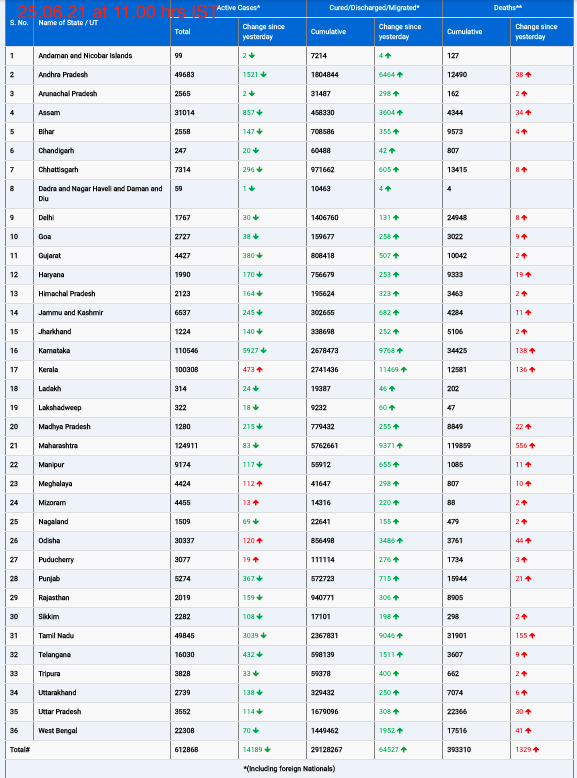America’s increasing demand for doorstep delivery has fueled a dramatic rise in e-commerce and the warehousing industry. A groundbreaking study has now revealed that residents in communities adjacent to large warehouses are exposed to 20% more traffic-related air pollutants, which can cause asthma and other severe health conditions.
“Increased truck traffic to and from these recently built large warehouses means people living downwind are inhaling an increased amount of harmful nitrogen dioxide pollution,” stated Gaige Kerr, the lead author of the study and an assistant research professor of environmental and occupational health at the George Washington University Milken Institute School of Public Health. “Communities of color are disproportionately affected because they often live in close proximity to warehouses, especially dense clusters of warehouses.”
Kerr and his team measured nitrogen dioxide, a traffic-related pollutant, using a satellite instrument from the European Space Agency to focus on nearly 150,000 large warehouses across the United States. Trucks and other vehicles traveling to and from these warehouses emit nitrogen dioxide, particulates, and other harmful pollutants. The researchers also analyzed traffic data from the Federal Highway Administration and demographic data from the US Census Bureau.
Key Findings:
- The average increase in nitrogen dioxide near warehouses is 20%, but levels are higher with more heavy-duty vehicle activity.
- Warehouses with more loading docks and parking spaces attract the most traffic and are associated with the highest nitrogen dioxide levels.
- Communities with large racial and ethnic minority populations, such as Hispanic and Asian communities, are more likely to be located near these warehouses, inhaling more pollutants. The proportion of Hispanic and Asian individuals living near the largest clusters of warehouses is about 250% higher than the national average.
- While warehouses are spread across the US, 20% are concentrated in just 10 counties: Los Angeles, California; Harris, Texas; Cook, Illinois; Miami-Dade, Florida; Maricopa, Arizona; San Bernardino, California; Orange, California; Dallas, Texas; Alameda, California; and Cuyahoga, Ohio.
The pandemic has accelerated the growth of the e-commerce industry and the number of warehouses that receive and sort consumer goods. The transportation infrastructure required to move goods to and from these warehouses is substantial. For instance, Amazon operated 175,000 delivery vans and over 37,000 semi-trailers in 2021 alone.
Although previous studies have examined pollution near specific warehouses, this is the first nationwide study to show that residents living near these facilities are exposed to higher-than-average levels of harmful pollutants. Additionally, while other research has indicated that communities of color face more nitrogen dioxide pollution than predominantly non-Hispanic white communities, this study is the first to link the warehousing industry to these exposure inequities, according to Kerr.
Earlier research by the GW team found that communities of color in the US endure nearly eight times higher rates of pediatric asthma from nitrogen dioxide exposure and 30% higher rates of premature death from exposure to fine particulate matter, both emitted by vehicles.
The authors emphasize the need for regulations that promote zero-emission vehicles in logistics to protect vulnerable communities near industrial hubs. Industry leaders and utilities also play crucial roles in planning and implementing this transition.
“Such measures would mean people living near warehouses could breathe cleaner air,” Kerr added. “In addition to reducing the risk of pollutant-related diseases, these measures would also cut greenhouse gas emissions linked to climate change.”
The study, titled “Air pollution impacts from warehousing in the United States uncovered with satellite data,” was published on July 24, 2024, in Nature Communications. Alongside Kerr, Susan Anenberg, professor and chair of the Department of Environmental and Occupational Health at GW, and Daniel Goldberg, assistant research professor in the same department, contributed to the research, with support from the International Council on Clean Transportation. The study was funded by NASA.











